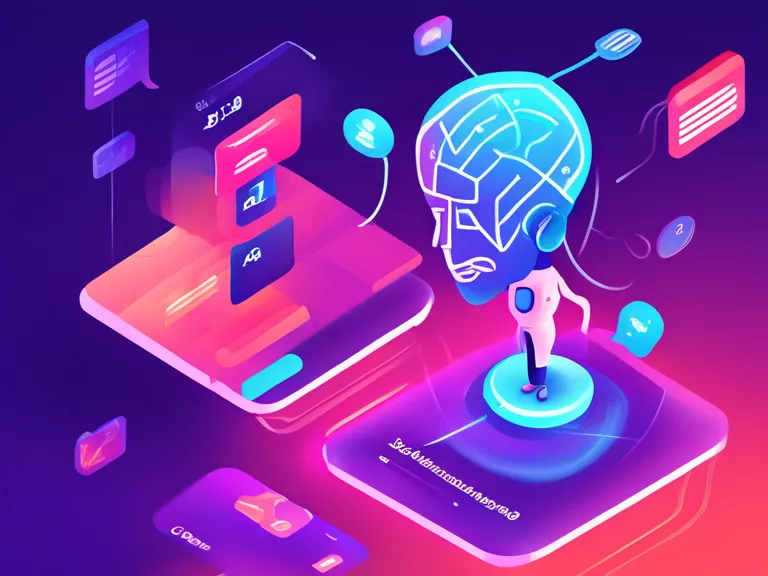
As technology continues to advance, language translation apps are becoming more powerful and accurate thanks to artificial intelligence (AI) algorithms. These apps have revolutionized the way we communicate with people around the world, breaking language barriers and enabling seamless interactions. From translating text in real-time to assisting travelers in foreign countries, AI-powered language translation apps are changing the way we communicate globally.
One of the key ways AI is enhancing language translation apps is through machine learning. By training algorithms on large datasets of text in multiple languages, these apps can quickly and accurately translate sentences and phrases. Machine learning allows these apps to continuously improve over time, leading to more accurate translations with lower error rates.
Another way AI is powering language translation apps is through natural language processing (NLP). NLP enables these apps to understand the context and meaning behind words, making translations more accurate and contextually appropriate. For example, NLP can detect nuances in language such as sarcasm or tone, leading to more accurate translations that capture the full meaning of the original text.
AI-powered language translation apps also leverage neural machine translation (NMT) models to improve translation quality. NMT models use deep learning algorithms to generate translations by taking into account the entire sentence rather than breaking it down into individual words. This approach leads to more fluent and natural translations that sound more like a human speaker.
Overall, AI is playing a crucial role in powering language translation apps for seamless communication. As technology continues to evolve, we can expect these apps to become even more accurate, efficient, and versatile in the future. With AI at the core of these apps, language barriers are becoming less of a hindrance, enabling people to connect and communicate with each other regardless of language differences.



